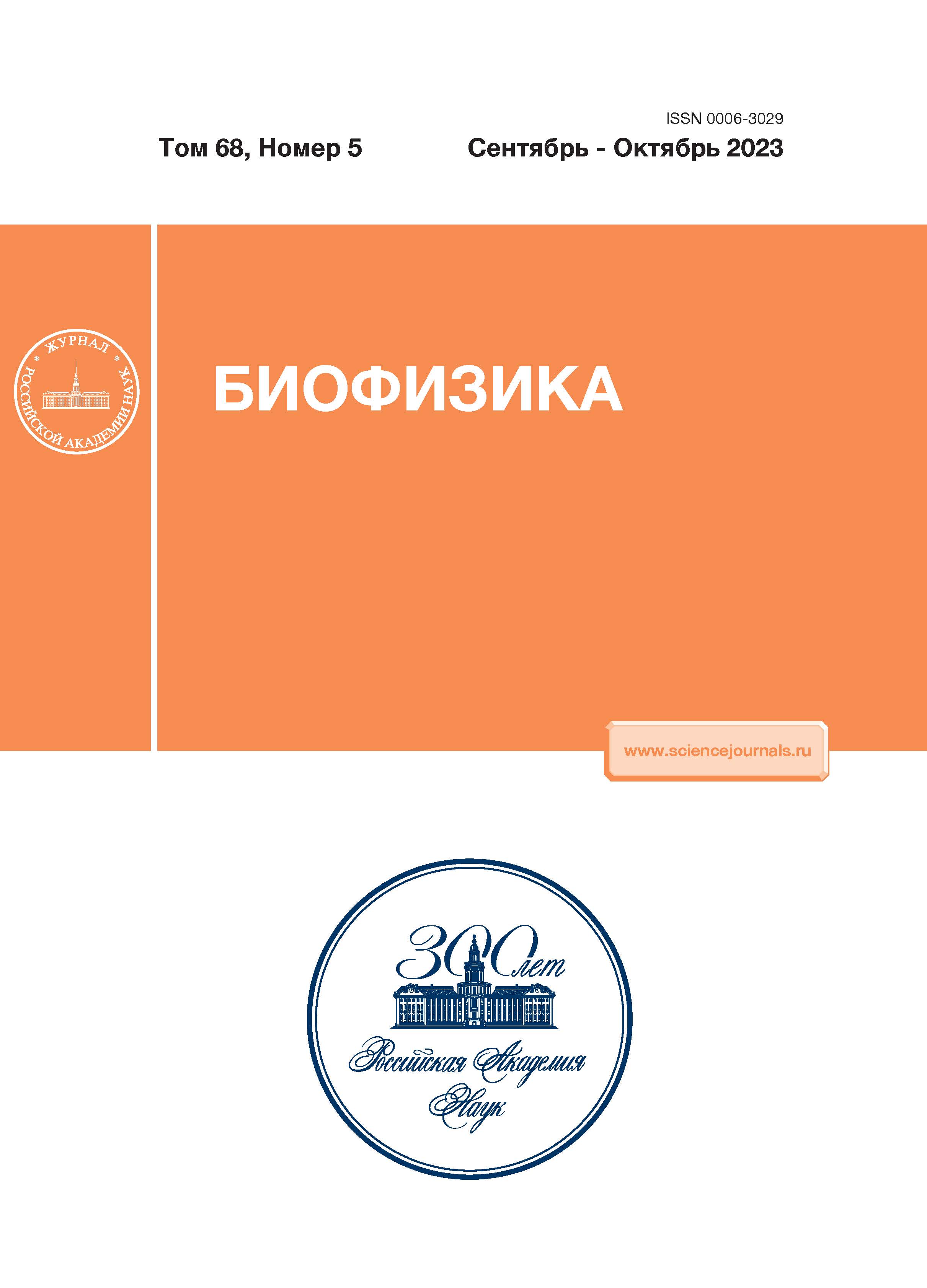Comparative cytotoxic activity of lutein or cisplatin doped with liposomes against breast cancer cell lines after radiotherapy
- Autores: Lafta R.A1, Shafaa M.W1, Darwish W.M2, El-nagdy M.S1
-
Afiliações:
- Helwan University
- Department of Polymers and Pigments, National Research Centre
- Edição: Volume 68, Nº 5 (2023)
- Páginas: 982-998
- Seção: Articles
- URL: https://journals.rcsi.science/0006-3029/article/view/233473
- DOI: https://doi.org/10.31857/S0006302923050198
- EDN: https://elibrary.ru/MZUSUE
- ID: 233473
Citar
Texto integral
Resumo
Palavras-chave
Sobre autores
R. Lafta
Helwan UniversityCairo, Egypt
M. Shafaa
Helwan University
Email: shafaa@science.helwan.edu.eg
Cairo, Egypt
W. Darwish
Department of Polymers and Pigments, National Research CentreGiza, Egypt
M. El-nagdy
Helwan UniversityCairo, Egypt
Bibliografia
- T. Tarver, Cancer facts & figures (American Cancer Society, Atlanta, 2012).
- S. V. Talluri, G. Kuppusamy, V. V. S. R. Karri, et al., Drug Delivery, 23 (4), 1291 (2016).
- S. E. Leucuta, Curr. Clin. Pharmacol., 5, 257 (2010).
- M. Khvedelidze, T. Mdzinarashvili, E. Shekiladze, et al., J. Liposome Res., 25, 20 (2015).
- Q. Q. Zhang, J. Chen, D. L. Zhou, et al., Int. J. Biol. Sci., 13 (4), 471 (2017).
- J. Chen, Z. Zhou, Y. Yao, et al., J. Cell. Mol. Med. 22, 4760 (2018).
- L. Cui, S. Her, M. Dunne, et al., Radiat. Res., 187 (2), 147 (2017).
- N. Sisin, K. Abdul Razak, S. Zainal Abidin, et al., Int. J. Nanomed., 14, 9941 (2019).
- R. Baskar, K. A. Lee, R. Yeo, K.-W. Yeoh, Int. J. Med. Sci., 9 (3), 193 (2012).
- B. Yan, M. S. Lu, L. Wang, et al., Br. J. Nutr., 115, 129 (2016).
- E. J. Johnson, Nutr. Rev., 72, 605 (2014).
- T. Tanaka, M. Shnimizu, and H. Moriwaki, Molecules, 17, 3202 (2012).
- A. D. Bangham, M. W. Hill, and N. G. A. Miller, In Methods in Membrane Biology, ed. by E. D. Karn (Plenum Press, New York, 1974), Vol. 1, pp. 1-68.
- M. W. Shafaa, H. A. Diehl, and C. Socaciu, Biophys. Chem., 129, 111 (2007).
- D. B. Rodriguez-Amaya, A guide to carotenoid analysis in foods, Vol. 71 (ILSI Press, Washington, 2001).
- P. K. Bellamakondi, A. Godavarthi, M. Ibrahim, et al., Asian J. Pharm. Clin. Res., 7 (2), 17 (2014).
- U. Katzel, PhD Thesis (Technische Universitat, Dresden, 2007), http://nbn-resolving.de/urn:nbn: de:swb:14-1197634640783-66357.
- A. Sujak, J. Gabrielska, and W. Grudzecki, Arch. Biochem. Biophys., 371, 301 (1999).
- D. Paolino, M. Fresta, P. Sinha, and M. Ferrari, In Encyclopedia of medical devices and instrumentation, 2nd ed., Ed. by J. G. Webster (Wiley, New York, 2006), pp. 437-495
- L. Plank, C. E. Dahl, and B. R. Ware, Chem. Phys. Lipids, 36 (4), 319 (1985).
- J. W. Klein, B. R. Ware, G. Barclay, and H. R. Petty, Chem. Phys. Lipids, 43 (1), 13 (1987).
- S. Law, W. Lo, S. Pai, and G. The, Int. J. Pharmaceut., 43 (3), 257 (1988).
- K. Makino, T. Yamada, M. Kimura, et al., Biophys. Chem., 41 (2), 175 (1991).
- I. Kolman, N. Pippa, A. Meristoudi, et al., J. Therm. Analysis Calorimetry, 123 (3), 2257 (2016).
- K. A. Riske, R. P. Barroso, C. C. Vequi-Suplicy, et al., Biochim. Biophys. Acta - Biomembranes, 1788 (5), 954 (2009).
- R. Koynova and M. Caffrey, Biochim. Biophys. Acta - Rev. Biomembranes, 1376 (1), 91 (1998).
- C. H. Spink, Methods Cell Biol., 84, 115 (2008).
- M. W. Shafaa, N. M. Sabra, and R. A. Fouad, Biopharmaceut. Drug Disposition, 32 (9), 507 (2011).
- T. B. Pedersen, T. Kaasgaard, M. 0. Jensen, et al., Biophys. J., 89 (4), 2494 (2005).
- A. V. Popova and D. K. Hincha, Biophys. J. 93 (4), 1204 (2007).
- W. I. Gruszecki and K. Strzaika, Biochim. Biophys. Acta - Mol. Basis of Disease, 1740 (2), 108 (2005).
- N. Fa, S. Ronkart, A. Schanck, et al., Chem. Phys. Lipids, 144 (1), 108 (2006).
- S. S. Bafna, T. Sun, and D. G. Baird, Polymer, 34 (4), 708 (1993).
- A. Blume, Curr. Opin. Colloid Interface Sci., 1, 64 (1996).
- F Severcan, I. Sahin, and N. Kazanci, Biochim. Biophys. Acta - Biomembranes, 1668 (2), 215 (2005).
- M. M. Mady, M. W. Shafaa, E. R. Abbase, and A. H. Fahium, Cell biochem. biophys., 62 (3), 481 (2012).
- K. Kushwaha, J. Saxena, B. K. Tripathi, and M. K. Agarwal, J. BioSci. Biotechnol., 3 (3), 253 (2014).
- M. J. Llansola-Portoles, A. A. Pascal, and B. Robert, J. Roy. Soc.Interface., 14 (135), 20170504 (2017).
- A. Blume, W. Hubner, and G. Messner, Biochemistry., 27, 8239 (1988).
- W. Grudzinski, L. Nierzwicki, R. Welc, et al., Sci. Rep., 7 (1), 1 (2017).
- P. R.-R. Sowmya, B. P. Arathi, K. Vijay, et al., Food Chem. Toxicol., 106, 58 (2017).
- X. Gong, J. R. Smith, H. M. Swanson, and L. P.Rubin, Molecules, 23 (4), 905 (2018).
- X. D. Zhang, D. Wu, X. Shen, et al., Biomaterials, 33 (27), 6408 (2012).
Arquivos suplementares









